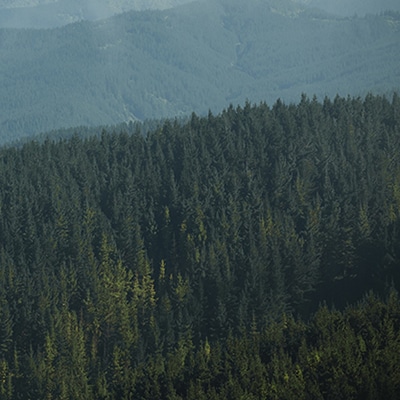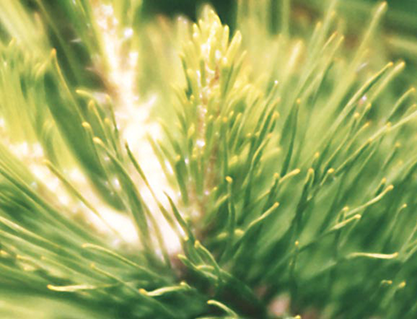Forestry
Forestry is a sector which the Incorporation has expanded over the years, providing a link with Mangatu tribal ancestor Paoa-Tuhunga-Kiwa’s dream and discovery of a tree on a mountain (Maungahaumi). There is a continuing story throughout the Mangatu Blocks business history of respect and value for trees and forests. Mangatu’s commercial interests stretch as far back as the 1940’s when the Gisborne Box Company approached Mangatu for trees for milling through the Department of Forests.
The late John Ruru, former head of the Forest Service and Department of Conservation in Gisborne, and past member of the Mangatu Committee of Management, believed that within 100 years the Mangatu landscape will not be covered in grasses but with “a mosaic of forest and trees”. He believed this because in carefully managing the land for future generations a partly forest-clad landscape is inevitable.
Riparian areas have been retired from Grazing and many planted in Manuka or left to revert naturally to indigenous species.
Within the Forest area expansion and development low impact afforestation methods were used where no existing indigenous vegetation has been removed. This has led to new forest areas reflecting John Ruru’s vision of “a mosaic of forest and trees”.

Native Forestry
Clearing the indigenous forest cover on the Mangatu lands happened fairly early alongside the rest of the district and, by the early 1900’s, much had been cleared and for sheep and cattle.
There is over 15,000 hectares of native forest remaining on Mangatu land. The tree species in the forest include Rimu, Miro, Matai, Totara, Red Beech, Silver Beech, Tawa, Hinau and Pokaka. The sustainable plan for the forest allows a limited amount of harvesting each year of some trees – although no trees have been commercially harvested in many years. The sustainable harvest plan, when active, means less timber is harvested from the forest each year than is proven to be naturally re-growing for that year. In this manner the forest is protected and the forest canopy maintained. Any trees harvested are selectively felled and lifted out by helicopter and the harvest sites monitored for regrowth. If natural regeneration does not occur quickly enough then 5-seedlings of the same species harvested are replanted on that site.
As part of the Mangatu sustainable plan for the native forest, a pest management plan to control goats and possums in the forest is undertaken annually. These animals have built up to high numbers over the years and shooting goats and trapping possums dramatically improves the forest over time and benefit the native bird life including threatened kaka, kiwi and whiowhio.
Exotic Forestry
Mangatu manages more than 6,000 hectares of exotic forest, much of it planted since 1995 in Radiata Pine and Douglas Fir. Harvesting commenced in a sustainable manner year round in 2014 and continued until 2020. While prices were mostly good throughout this period the variability of the Log Market combined with the rising value of Carbon Credits led to a decision in 2020 to stop harvesting forests registered in the Emissions Trading Scheme. This decision allows for the development of the Incorporation’s Carbon business and will see the increase of hectares being planted in exotic forests. Afforestation of Marginal Farming areas has occurred since 2017 and large scale programs will continue until 2022. The balance being in maintaining adequate land for native trees and livestock requirements. Forest species include Pinus Radiata, Eucalyptus, and Manuka. Manuka and Eucalyptus are also useful species in providing food for the Incorporations Manuka Honey harvest seasonally from October until December annually.
The Mangatu Blocks Incorporation is continually reviewing what its best use of land is and this has led to three planting eras within the Incorporations history.
In the era of the East Coast Catchment Board initial land use choices were made to afforest very high erosion areas.
Following Cyclone Bola in 1988 a large afforestation program saw affected lands and farms converted to forestry and recently in 2016, on the back of a comprehensive Land Review a new Afforestation land use will be put in place.
This model will consist of a mosaic of income earning or Conservation vegetation, alongside its existing Pastoral Farming business.

